The inner workings of black holes are more complex than previously thought.
New research suggests black holes are unstable, challenging Einstein’s theory of general relativity and the Kerr solution.
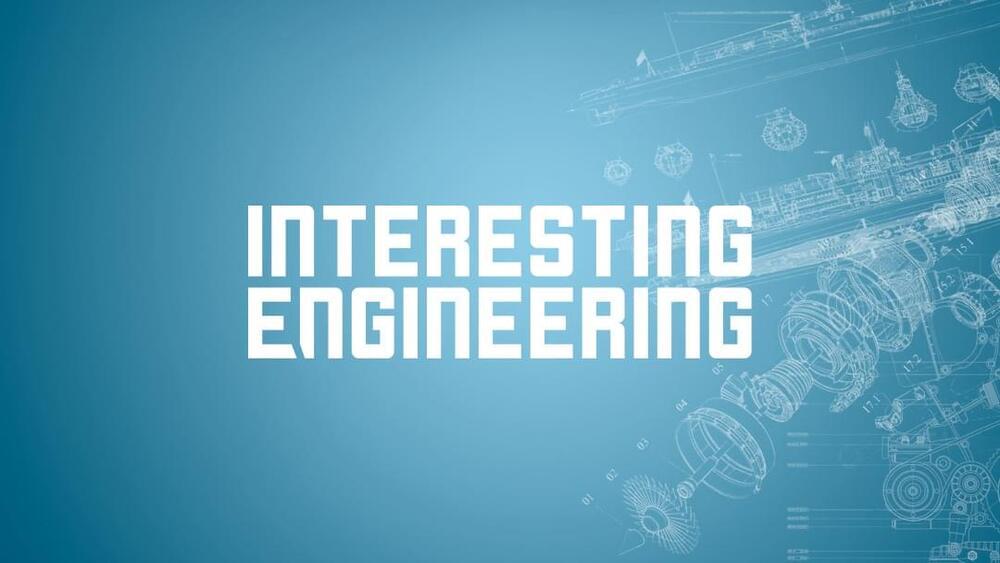
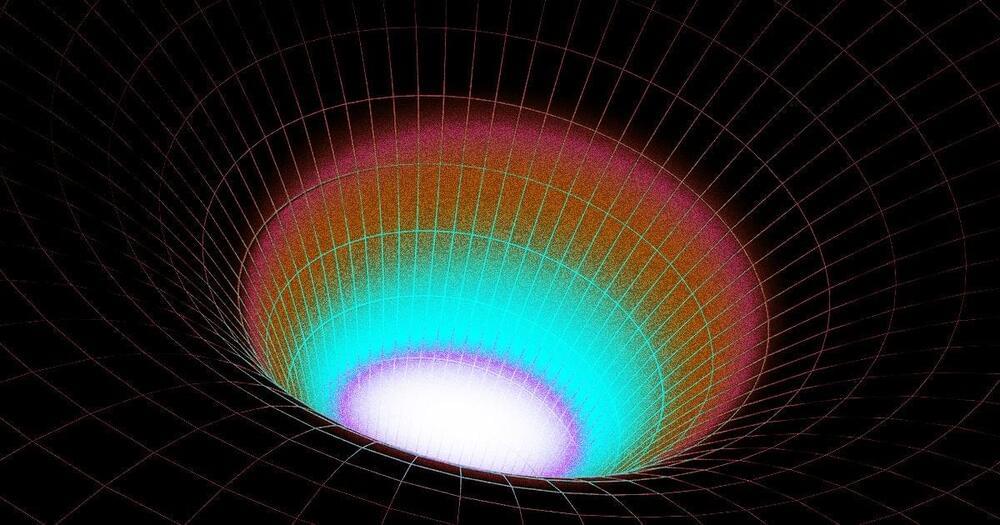
As detailed in a new study published in the journal Astronomy & and Astrophysics, the tunnel exists as part of an enormous structure of hot gas with a radius of hundreds of light years that surrounds our solar system known as the Local Hot Bubble. What’s more, the findings suggest that it could connect with a nearby and even larger bubble.
Using extensive data collected by the eROSITA telescope, the first x-ray observatory fully outside of the Earth’s atmosphere, the researchers generated a 3D model of the entire LHB, confirming some features that astronomers had predicted, but also uncovering entirely new ones.
“What we didn’t know was the existence of an interstellar tunnel towards Centaurus, which carves a gap in the cooler interstellar medium,” said study coauthor Michael Freyberg, an astronomer at Germany’s Max Planck Institute for Extraterrestrial Physics, in a statement. “This region stands out in stark relief thanks to the much-improved sensitivity of eROSITA and a vastly different surveying strategy compared to ROSAT,” the space telescope’s predecessor.
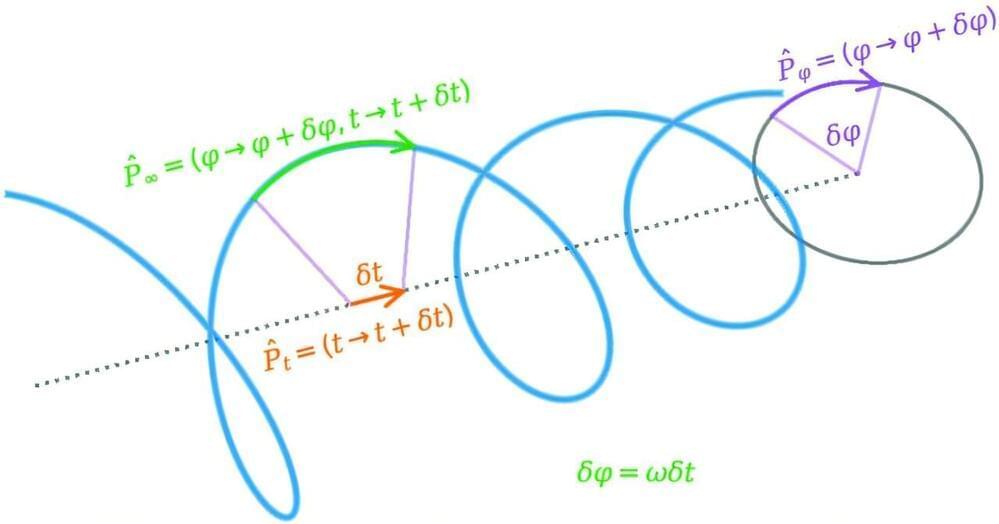
The conservation law is a fundamental tool that significantly aids our quest to understand the world, playing a crucial role across various scientific disciplines. Particularly in strong-field physics, these laws enhance our comprehension of atomic and molecular structures as well as the ultrafast dynamics of electrons.
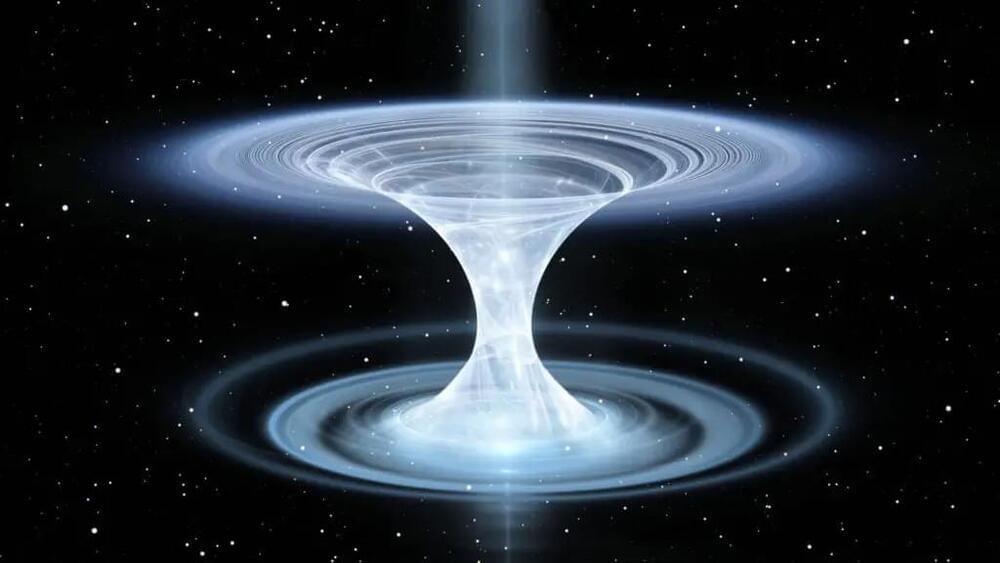
White holes, the theoretical opposites of black holes, could expel matter instead of absorbing it. Unlike black holes, whose event horizon traps everything, white holes would prevent anything from entering. While no white holes have been observed, they remain an intriguing mathematical possibility. Some astrophysicists have speculated that gamma ray bursts could be linked to white holes, and even the Big Bang might be explained by a massive white hole. Although the second law of thermodynamics presents a challenge, studying these singularities could revolutionize our understanding of space-time and cosmic evolution.
After reading the article, Harry gained more than 724 upvotes with this comment: “It amazes me how Einstein’s theory and equations branched off into so many other theoretical phenomena. Legend legacy.”
Black holes may well be the most intriguing enigmas in the Universe. Believed to be the collapsed remnants of dead stars, these objects are renowned for one characteristic in particular – anything that goes in never comes out.

In the social media age, there is little doubt about who is the star of the animal kingdom. Cats rule the screens just as their cousins, the lions, rule the savanna. Thanks to Erwin Schrödinger, this feline also has a place of honor in the history of physics. And it was Eme the cat that inspired Anxo Biasi, researcher at the Instituto Galego de Física de Altas Enerxías (IGFAE), to publish an article in the American Journal of Physics.
The polarization of light finds practical application in physics and chemistry through the optical activity phenomenon, where polarimeters play a crucial role. This research builds on the improvised polarimeter designed by Kvittingen and Sjursnes, implemented with relevant modifications, to measure optical rotations of over-the-counter ascorbic acid samples. The study aims to assess the purity of two brands of ascorbic acid through polarimetry, comparing the calculated specific rotation with the literature values and supplementing the characterization with melting point determination. The constructed polarimeter, assembled using Lego bricks, provides an affordable alternative for educational purposes, addressing the challenges observed in the accessibility of commercial polarimeters for classroom demonstrations. The methodology encompasses pre-experiment steps involving polarimeter construction, the experiment utilizing polarimetry and complementary melting point determination, and post-experiment analysis to determine specific rotation from the measured optical rotations. Results indicate that Brand X exhibited specific rotations close to theoretical values, inferring high purity. Conversely, Brand Y shows significant deviations, suggesting potential impurities. These conclusions are supported by melting point data. The comprehensive approach combining polarimetry and melting point determination enhances the reliability of purity assessments, showcasing the effectiveness of the improvised polarimeter in practical applications.
R J M Felicidario and R M delos Santos 2024 J. Phys.: Conf. Ser. 2,871 012009.

Physicists at the Max Planck Institute for Dynamics and Self-Organization (MPI-DS) have investigated to which extent a piece of music can evoke expectations about its progression. They were able to determine differences in how far compositions of different composers can be anticipated. In total, the scientists quantitatively analyzed more than 550 pieces from classical and jazz music.
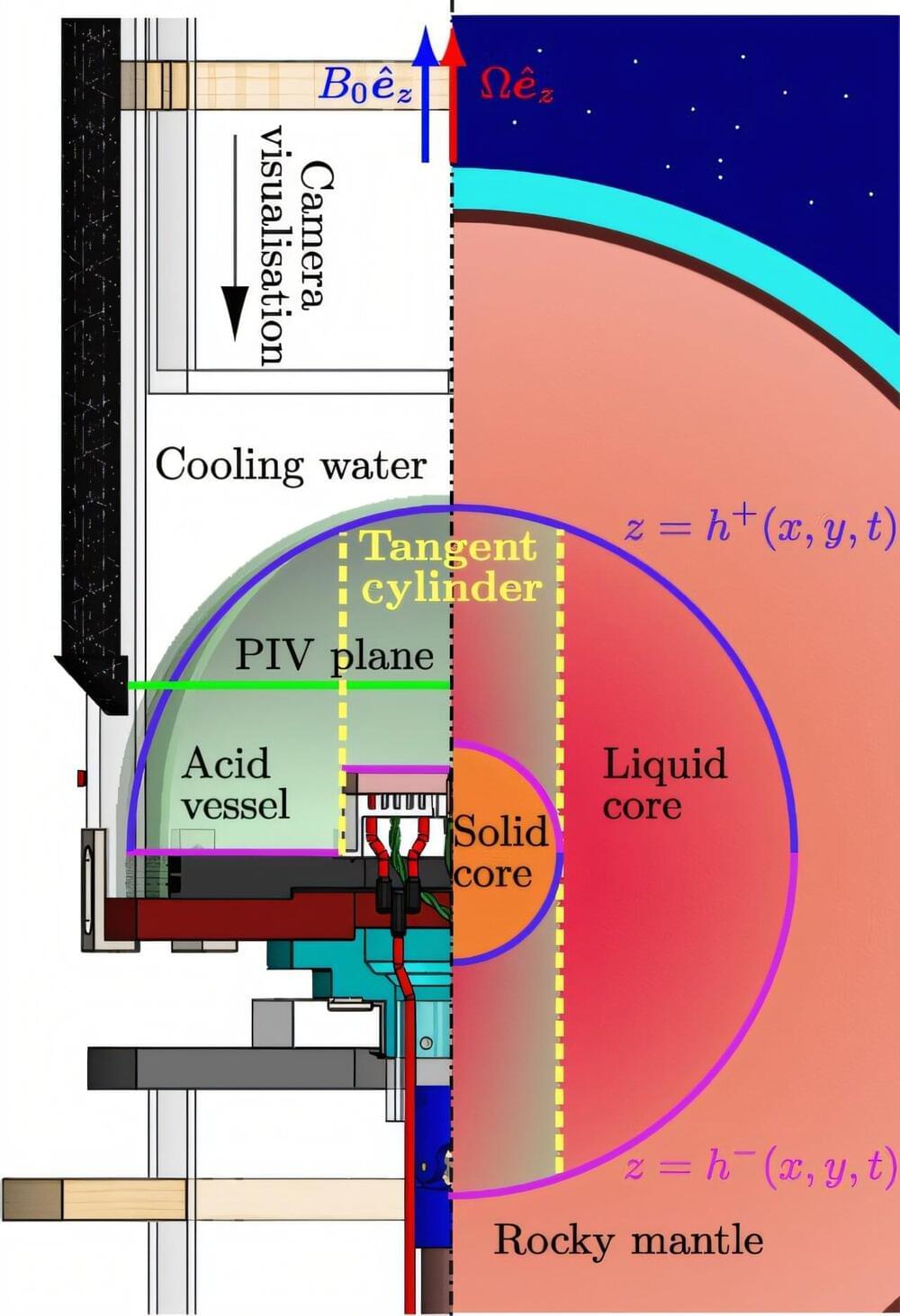
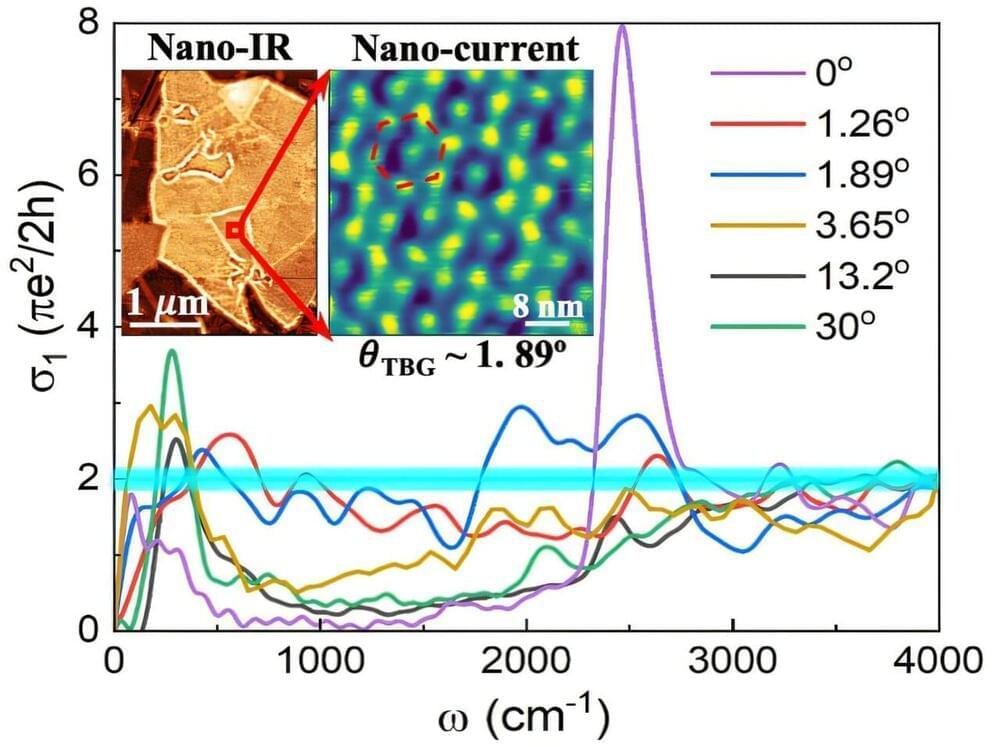
❤️ Check out Lambda here and sign up for their GPU Cloud: https://lambdalabs.com/papers.
Oasis: A Universe in a Transformer — try it out now:
https://oasis.decart.ai/welcome.
More info:
https://oasis-model.github.io/
📝 My paper on simulations that look almost like reality is available for free here:
https://rdcu.be/cWPfD
Or this is the orig. Nature Physics link with clickable citations:
https://www.nature.com/articles/s41567-022-01788-5
🙏 We would like to thank our generous Patreon supporters who make Two Minute Papers possible: